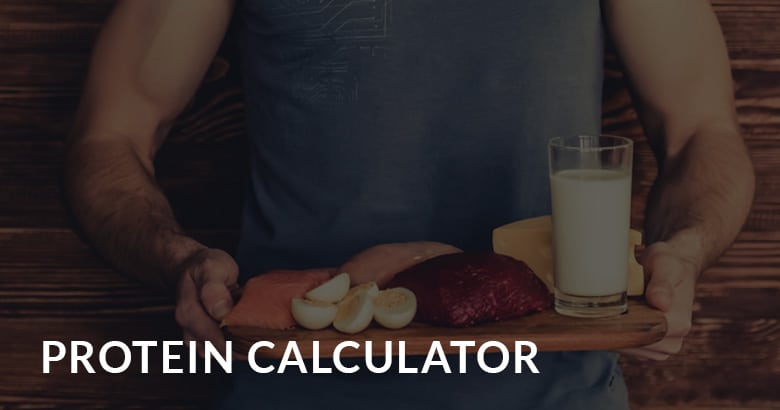A Protein Calculator is a user-friendly tool designed to calculate your daily protein needs based on your unique profile and fitness goals. Whether you’re focused on muscle building, recovery, or maintaining a healthy protein intake, this calculator is here to support you on your fitness journey.
What’s a Protein Calculator?
You might be wondering about the Protein Calculator’s functionality. This tool helps determine the optimal amount of protein your body requires to support various physiological functions and achieve your fitness objectives.
How Does the Protein Calculator Work?
Think of the Protein Calculator as your personalized protein advisor. By inputting essential details like age, gender, weight, height, and activity level, the calculator estimates the amount of protein you should consume daily.
When Should You Use a Protein Calculator?
Here are some scenarios where the Protein Calculator can be highly beneficial:
- Muscle Building: If you’re aiming to build and maintain muscle mass, the Protein Calculator assists in setting your protein intake to support your fitness goals.
- Recovery and Repair: After intense workouts or physical activities, sufficient protein consumption aids in muscle recovery and tissue repair.
- Weight Management: Protein plays a crucial role in managing appetite and promoting satiety, making the Protein Calculator useful for those seeking weight loss or weight maintenance.
- General Health: Even if you’re not pursuing specific fitness goals, ensuring an adequate protein intake is essential for overall health and well-being.
Making the Most of the Protein Calculator
Acquiring your protein requirements is only the first step. It’s essential to use this information to make conscious decisions about your dietary choices and overall nutrition plan.
Ready to Go?
Embrace the Protein Calculator as your reliable ally in optimizing your protein intake and enhancing your fitness results. Remember, every individual is unique, and you may need to adjust your protein consumption based on your body’s responses and evolving fitness objectives. Start your journey towards a stronger and healthier you with our Protein Calculator today! Allow it to guide you in making informed choices to support your fitness and wellness goals effectively.

Frequently Asked Questions
How do I calculate my protein needs?
To calculate your protein needs, you can use a simple formula based on your body weight and activity level. For the average sedentary adult, it’s recommended to consume about 0.8 grams of protein per kilogram of body weight. If you’re physically active or trying to build muscle, you may need more, ranging from 1.2 to 2.2 grams of protein per kilogram of body weight.
How to eat 100g protein a day?
To consume 100 grams of protein per day, you can include protein-rich foods in your meals and snacks. Foods like lean meats, poultry, fish, eggs, dairy products, legumes, tofu, and protein supplements can help you reach your daily protein goal. Dividing your protein intake across meals and snacks can make it more manageable and ensure proper absorption.
How much protein do you need to build muscle?
The amount of protein needed to build muscle varies depending on factors such as your body weight, training intensity, and overall fitness goals. As a general guideline, athletes and those engaged in strength training often aim for around 1.2 to 2.2 grams of protein per kilogram of body weight to support muscle growth and repair. However, individual protein requirements may differ, and it’s advisable to consult with a fitness or nutrition expert for personalized recommendations.